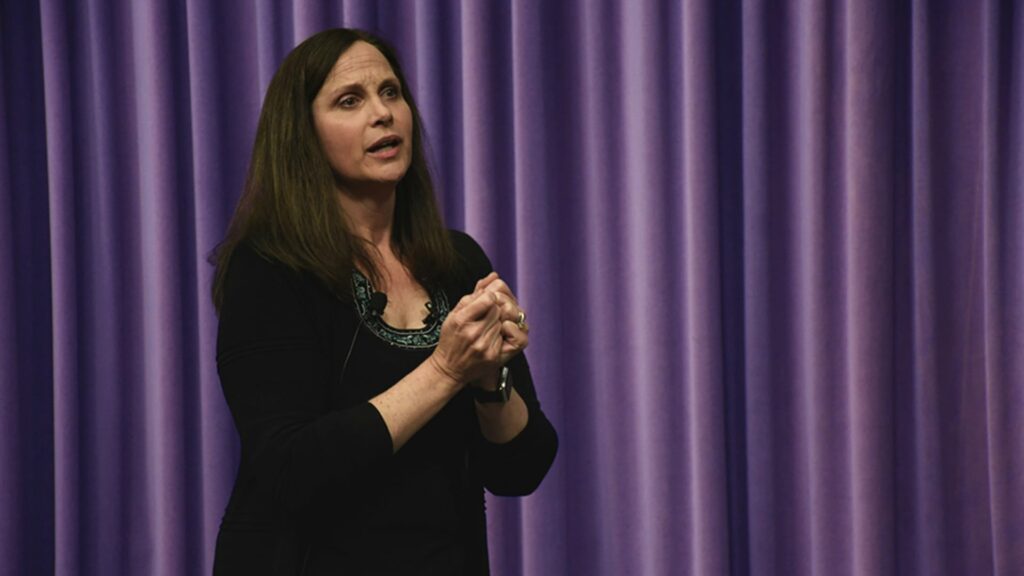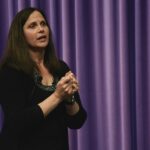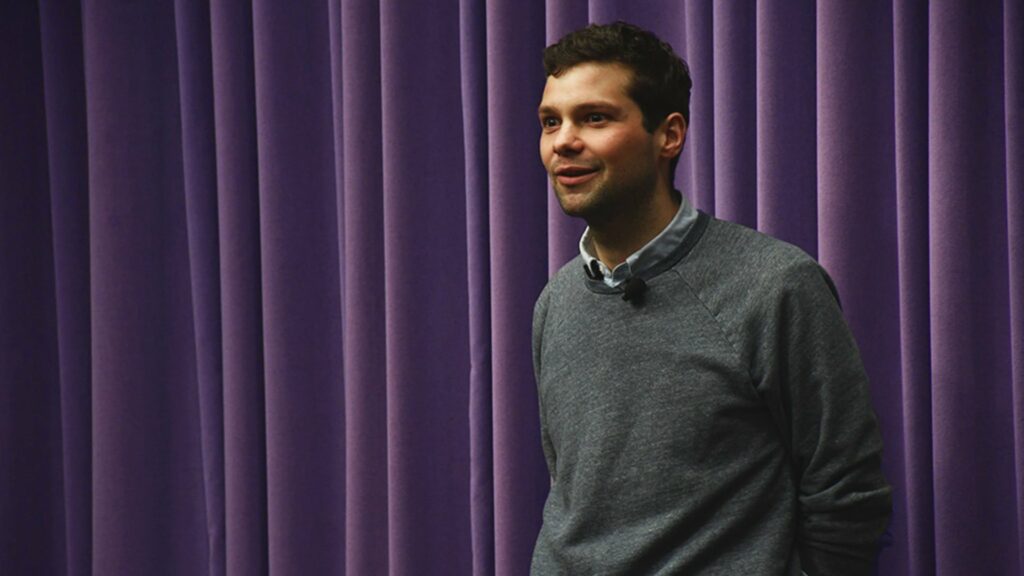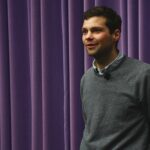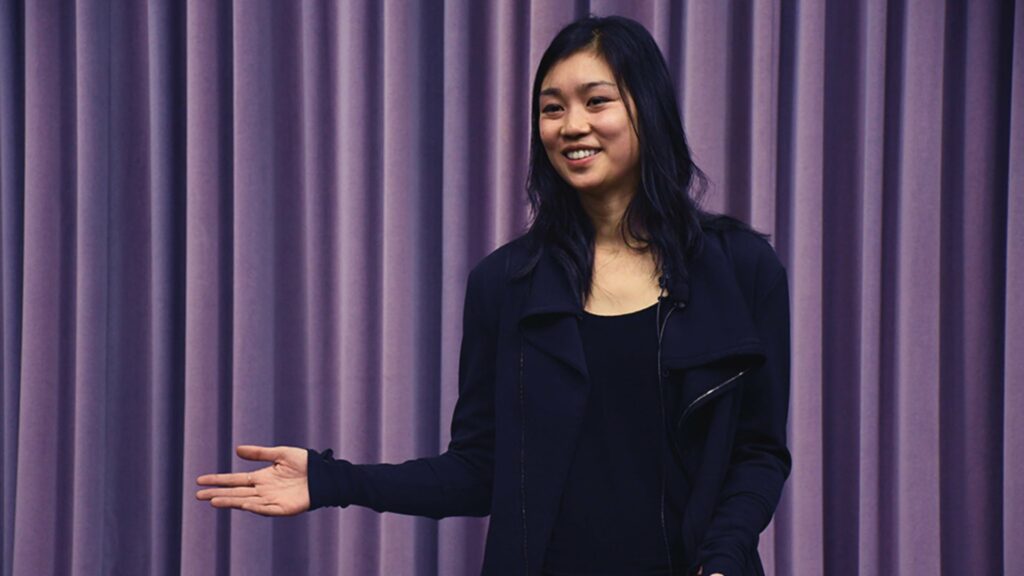The concept of “entrepreneurship education” still has its skeptics, perhaps because what immediately comes to mind are iconic entrepreneurs like Elon Musk or Oprah Winfrey. How could anyone possibly teach an individual to be remotely as influential or visionary as either of those two?
Educators, however, know that “entrepreneurship” is an umbrella term that embodies many teachable skills — such as creativity, design thinking, leadership and the basics of business and management.
Although entrepreneurship may not be as exact a science as, say, bioengineering, the associated knowledge, skills and mindsets can be taught. Just like a child can be nurtured over time to be a great writer or athlete, a person can learn to be entrepreneurial if given the right guidance and opportunities to internalize important lessons through hands-on, experiential exercises that gradually develop the required tools.
One of the latest entrepreneurship educators to demystify her field is our own Tina Seelig, executive director of the Stanford Technology Ventures Program, the entrepreneurship center in the university’s engineering school. In her new book, Insight Out: How to Get Ideas Out of Your Head and Into the World, Seelig presents a series of steps that anyone can follow to do exactly what the title states.
The “Invention Cycle” Seelig describes in her book is based on 16 years of teaching as well as hundreds of interviews with entrepreneurs and innovators, including those she hosts as part of the Entrepreneurial Thought Leaders Seminar series.
Time and again, Seelig says the path these entrepreneurs took followed the steps of her Invention Cycle: imagination, creativity, innovation and entrepreneurship. And she recently took to the seminar stage herself to explain how those concepts constitute the cycle, beginning with imagination.
After imagination, the next two steps in the cycle are creativity and innovation. Creativity, as Seelig defines it, is applying imagination to address a challenge or opportunity. Innovation, then, is applying creativity to generate unique solutions. That is, creative ideas are new to you, and innovative ideas are new to the world.
These two concepts are illustrated perfectly in the story shared by entrepreneur Alon Cohen, who, along with his wife, Adi Tatarko, founded the home design and remodeling website Houzz. After several frustrating rounds of trying to remodel their own home — failing at first by going with a friend’s referral, and then later taking the inefficient route of leafing through piles of books and magazines — they decided to build a website that showcases and aggregates the work of architects for the countless others in their situation.
And because it was one of the only websites of its kind at the time, word spread quickly and Houzz started offering content for homeowners in Chicago, New York and other major markets across the country. The site also grew rapidly in scope, attracting interior designers, landscapers and other professionals.
Clearly, Houzz wasn’t just a creation. It was an innovation.
The last step in the Invention Cycle, entrepreneurship, isn’t so much about starting a company, as it is about influencing others to support your innovation in order to magnify its impact and truly get your idea out “into the world.” Hence, Seelig explains, entrepreneurship requires encouraging and empowering others — whether that means they join your team, fund your work, use your products or even just spread the word.
“Great founders are amazing at getting support. They are amazing at getting support from people who can really help them,” says Mike Rothenberg, founder and CEO of Rothenberg Ventures. “That is what entrepreneurship is, is getting support outside of what you can currently control.”
Rothenberg Ventures identifies, invests in, and cultivates technology value and talent at scale, having provided early funding for such startups as Planet Labs, SpaceX and ZenPayroll. Rothenberg himself founded and bootstrapped three companies. So not only can he recognize the traits of a good entrepreneur, he is one, harnessing all the parts of the Invention Cycle — imagination, creativity, innovation and entrepreneurship.


